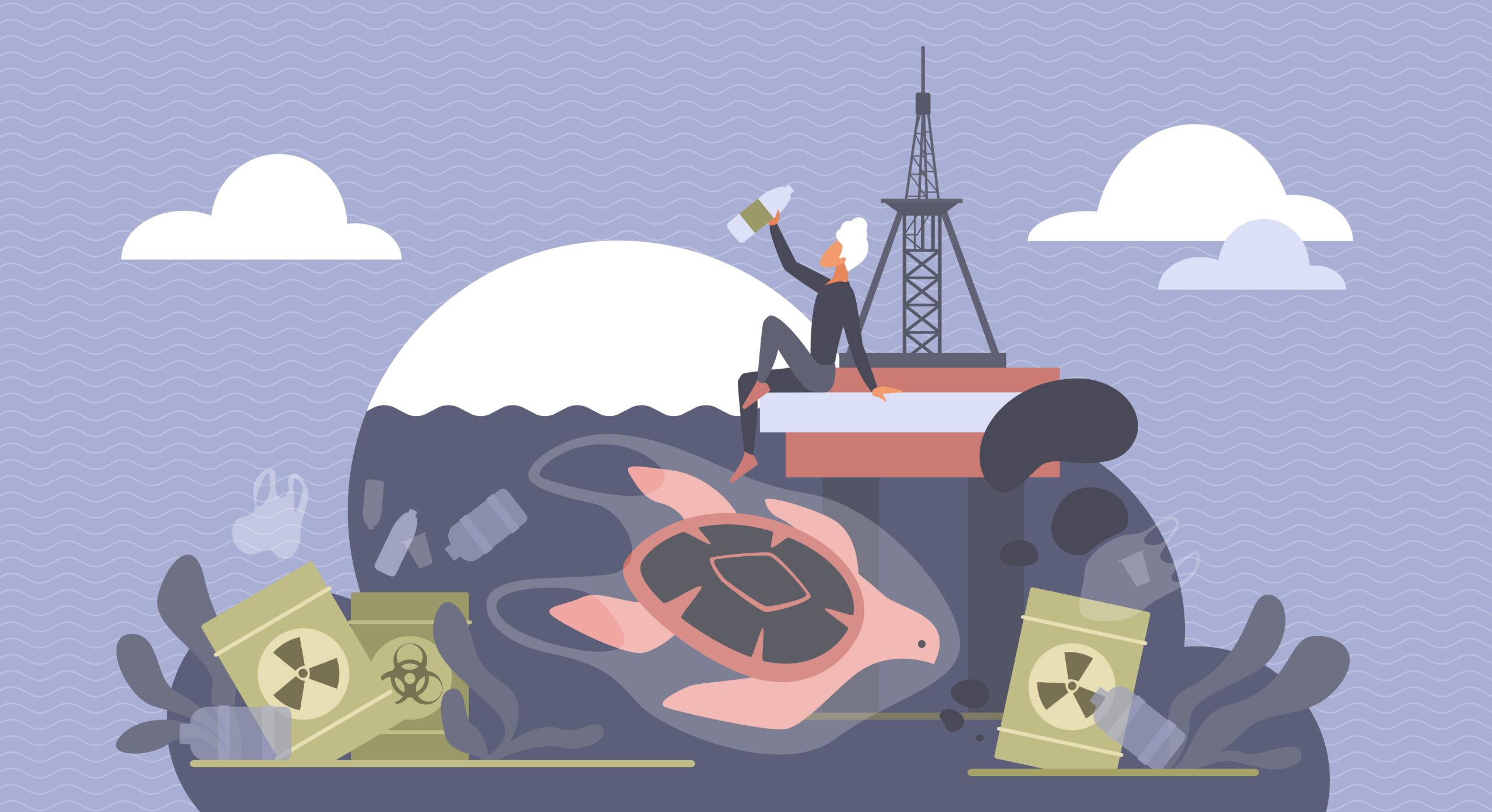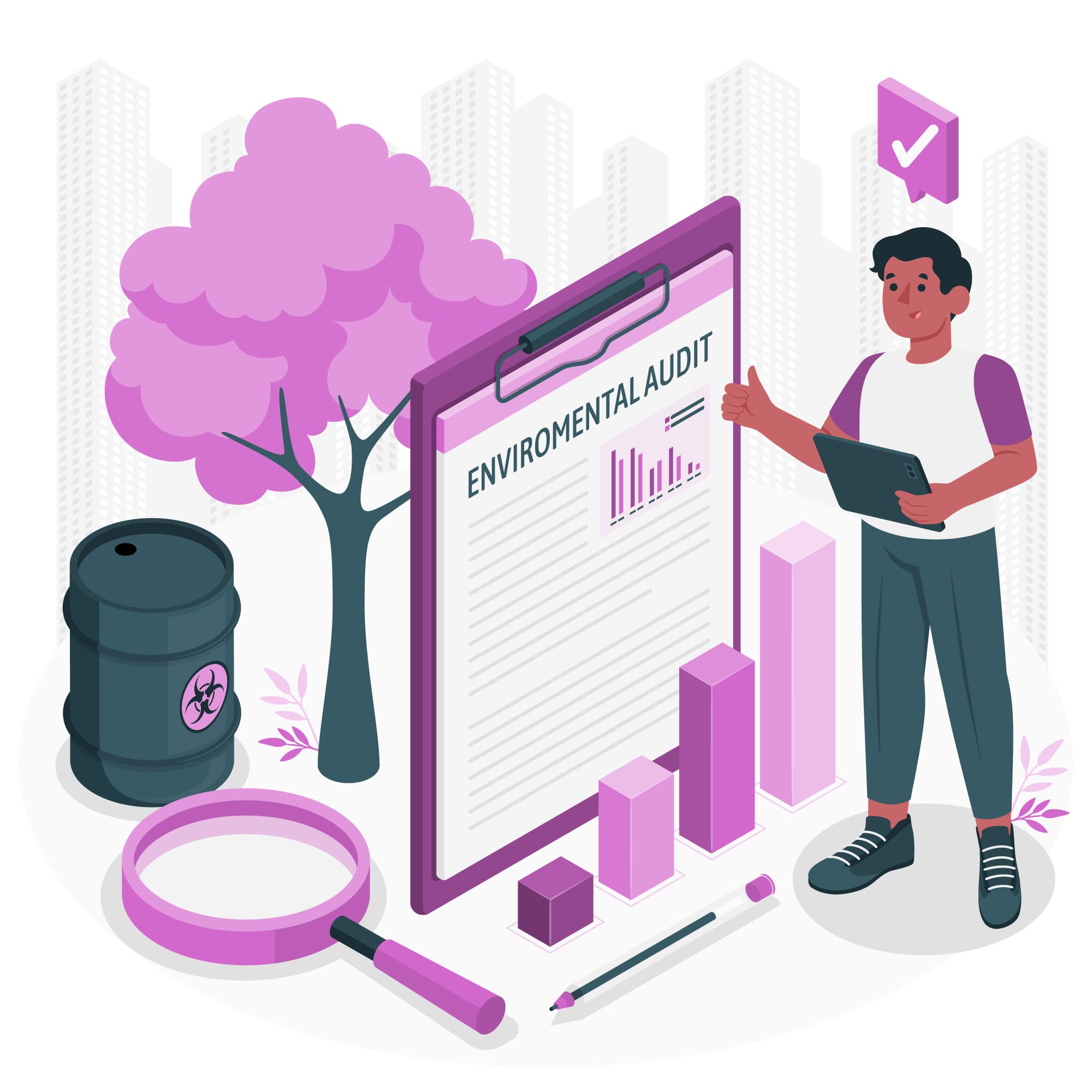Per- and polyfluoroalkyl substances (PFAS) are synthetic chemicals that have made headlines in recent years due to their potential health risks. Often referred to as “forever chemicals” because they do not easily break down in the environment, PFAS have been linked to serious health concerns such as cancer, hormone disruption, and immune system effects. They are found in everyday items such as nonstick cookware, water-resistant clothing, and firefighting foam—making exposure alarmingly widespread.
Protecting yourself and your family from PFAS exposure involves proactive measures, informed choices, and an understanding of legal rights. Here’s what you need to know to safeguard your health and explore your options if exposure has already occurred.
What Are PFAS?
PFAS are a group of over 9,000 man-made chemicals that have been used in manufacturing since the 1940s. Known for their resistance to water, oil, and heat, they are common in:
- Nonstick cookware
- Stain-resistant carpets and furniture
- Water-repellent clothing
- Food packaging (especially grease-resistant materials)
- Industrial processes and firefighting foams
Unfortunately, their durability comes with a cost. PFAS accumulate in the environment and human bodies over time, leading to long-term exposure risks.

Practical Steps to Minimize PFAS Exposure

1. Filter Your Drinking Water
One of the most common sources of PFAS exposure is contaminated drinking water. To reduce your risk:
- Install a reverse osmosis or activated carbon filtration system at home.
- Check your local water quality report for PFAS levels.
- Consider using bottled water if testing reveals high PFAS concentrations in your tap water.

2. Choose Safer Cookware
Avoid nonstick cookware made with polytetrafluoroethylene (PTFE) or other PFAS-containing materials. Opt for alternatives such as:
- Stainless steel
- Cast iron
- Ceramic cookware
3. Be Mindful of Food Packaging
Fast food wrappers, microwave popcorn bags, and takeout containers may contain PFAS. To reduce your risk:
- Cook more meals at home using fresh ingredients.
- Avoid reheating food in packaging materials.
- Look for products labeled PFAS-free.
4. Select Personal Care Products Carefully
PFAS can also be present in cosmetics and personal care items. When shopping:
- Check ingredient labels for terms like “PTFE” or “fluoro.”
- Choose certified organic or “clean beauty” products.
5. Stay Informed About Household Products
Avoid stain-resistant treatments for carpets, upholstery, and clothing unless they are explicitly labeled PFAS-free. Look for eco-friendly certifications like Green Seal or OEKO-TEX.
Legal Resources for Consumers Affected by PFAS

The widespread use of PFAS has led to numerous lawsuits and regulatory actions. If you or your family have been exposed, understanding your legal options is crucial.
1. Know Your Rights
Victims of PFAS exposure may be entitled to compensation for:
- Medical expenses
- Lost wages
- Pain and suffering
2. File a Claim
Mass tort lawsuits and class actions against companies responsible for PFAS contamination are ongoing. Hiring an experienced attorney can help you:
- Determine if you qualify to join an existing lawsuit.
- Collect evidence to support your claim.
- Navigate the legal process.
3. Stay Updated on Legislation
The U.S. Environmental Protection Agency (EPA) and other regulatory bodies are increasingly cracking down on PFAS use. Follow developments to understand how new laws might impact your case.

